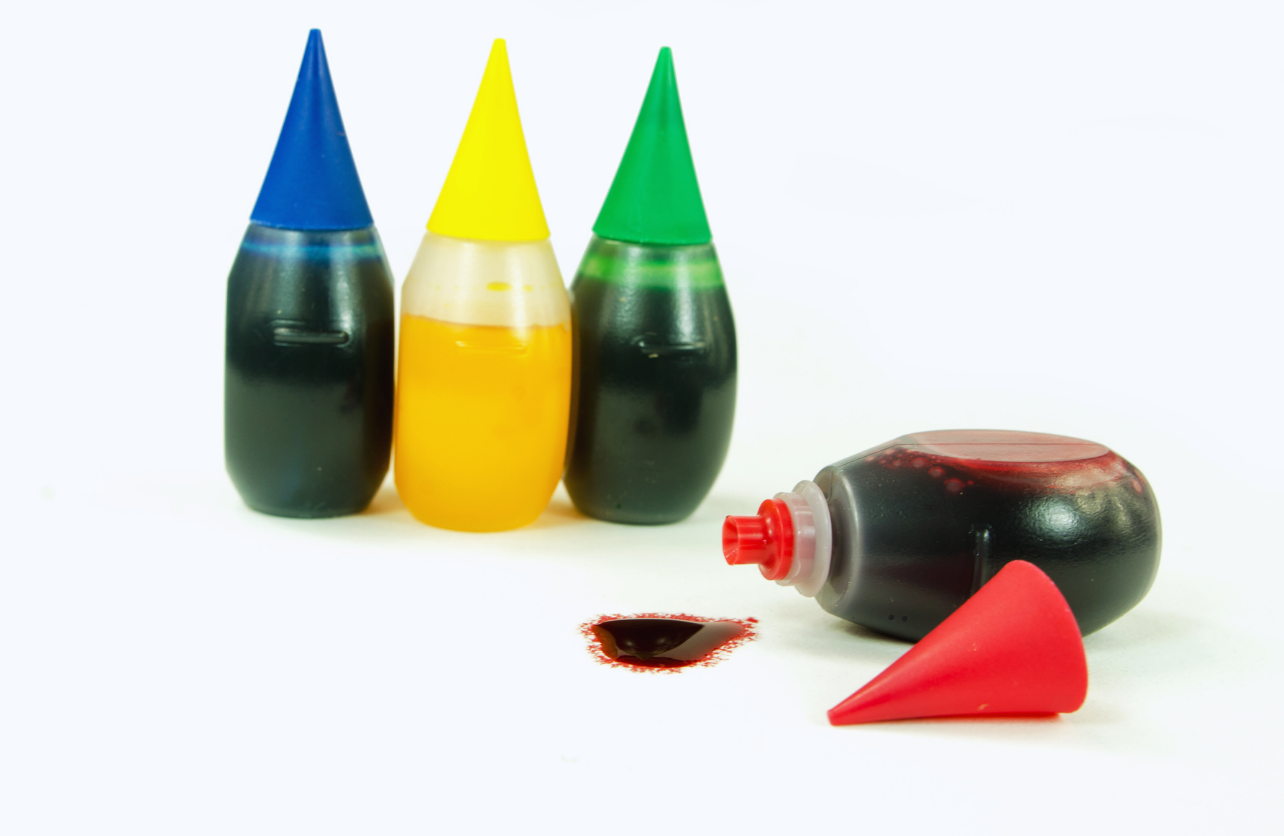Red No. 3 vs. Other Artificial Dyes: Are They All Harmful?

Artificial food colorings have been a staple in the food industry for decades, enhancing the visual appeal of countless products. However, concerns about their safety have led to increased scrutiny and regulatory actions. A notable example is the recent ban on Red No. 3 by the U.S. Food and Drug Administration (FDA) due to its association with cancer in animal studies. This development raises questions about the safety of other artificial dyes and whether they pose similar risks.
Red No. 3: A Closer Look
Red No. 3, also known as erythrosine, has been widely used to impart a bright cherry-red hue to various food products, including candies, baked goods, and certain medications. In January 2025, the FDA announced a ban on its use in food and ingested drugs, citing studies that linked high doses of the dye to cancer in lab rats. Manufacturers have been given until January 2027 to reformulate their products accordingly.
Comparing Red No. 3 to Other Artificial Dyes
While Red No. 3 has been specifically targeted due to its carcinogenic potential in animal studies, it’s essential to examine the safety profiles of other commonly used artificial dyes:
- Red No. 40 (Allura Red AC): Approved by the FDA in the 1970s, Red No. 40 is one of the most prevalent food colorings. Although it hasn’t been extensively linked to cancer in animal studies, concerns have been raised about potential associations with allergies and behavioral issues in children. More research is needed to draw definitive conclusions.
- Yellow No. 5 (Tartrazine) and Yellow No. 6 (Sunset Yellow FCF): These dyes have been associated with allergic reactions, particularly in individuals with aspirin sensitivities. Some studies have also suggested a link between these dyes and hyperactivity in children, though the findings are not conclusive.
- Blue No. 1 (Brilliant Blue FCF) and Blue No. 2 (Indigotine): Generally considered safe, but some studies have indicated potential risks, including allergic reactions and, in high doses, possible organ toxicity. However, these findings are based on animal studies with doses much higher than typical human consumption.
Regulatory Perspectives and Global Actions
Regulatory stances on artificial dyes vary worldwide. The European Union (EU) has adopted a more precautionary approach compared to the United States. For instance, the EU requires warning labels on foods containing certain artificial dyes, informing consumers about potential adverse effects on activity and attention in children. Some dyes banned in Europe remain approved in the U.S., highlighting differing safety assessments and regulatory philosophies.
Health Implications and Public Concerns
Beyond carcinogenicity, artificial dyes have been implicated in various health concerns:
- Behavioral Effects in Children: Some studies suggest a link between artificial dyes and increased hyperactivity in children, particularly those with Attention Deficit Hyperactivity Disorder (ADHD). However, the evidence is mixed, and not all children appear to be affected.
- Allergic Reactions: Certain dyes, notably Yellow No. 5, have been associated with allergic responses, including hives and asthma symptoms, especially in sensitive individuals.
Industry Response and Natural Alternatives
In response to growing consumer concerns and regulatory actions, many food manufacturers are exploring natural alternatives to synthetic dyes. Natural colorants derived from sources like beet juice, turmeric, and paprika are gaining popularity. While these alternatives may offer a safer profile, they can present challenges, such as variability in color intensity, potential for unintended flavors, and higher costs.
Summing Up
The FDA’s ban on Red No. 3 underscores the importance of ongoing evaluation of food additives to ensure public safety. While not all artificial dyes have been conclusively linked to severe health risks, concerns persist, particularly regarding their effects on children’s behavior and potential allergenicity. As research evolves, both consumers and manufacturers must stay informed and consider the benefits of transitioning to natural color alternatives to mitigate potential risks associated with artificial food colorings.
Building a Stronger You
Supplement Institute is the fruit of extensive online publishing experience, spanning the breadth of SEO strategies to the nuances of paid advertisements. Our journey, marked by significant achievements and learning moments, inspires our core mission: to empower our readers with an abundance of information. By sharing insights and key learnings, we aim to provide you with the knowledge needed to navigate the complex world of supplements, helping you make well-informed decisions for your health and well-being. Welcome to Supplement Institute, where information is your greatest supplement.